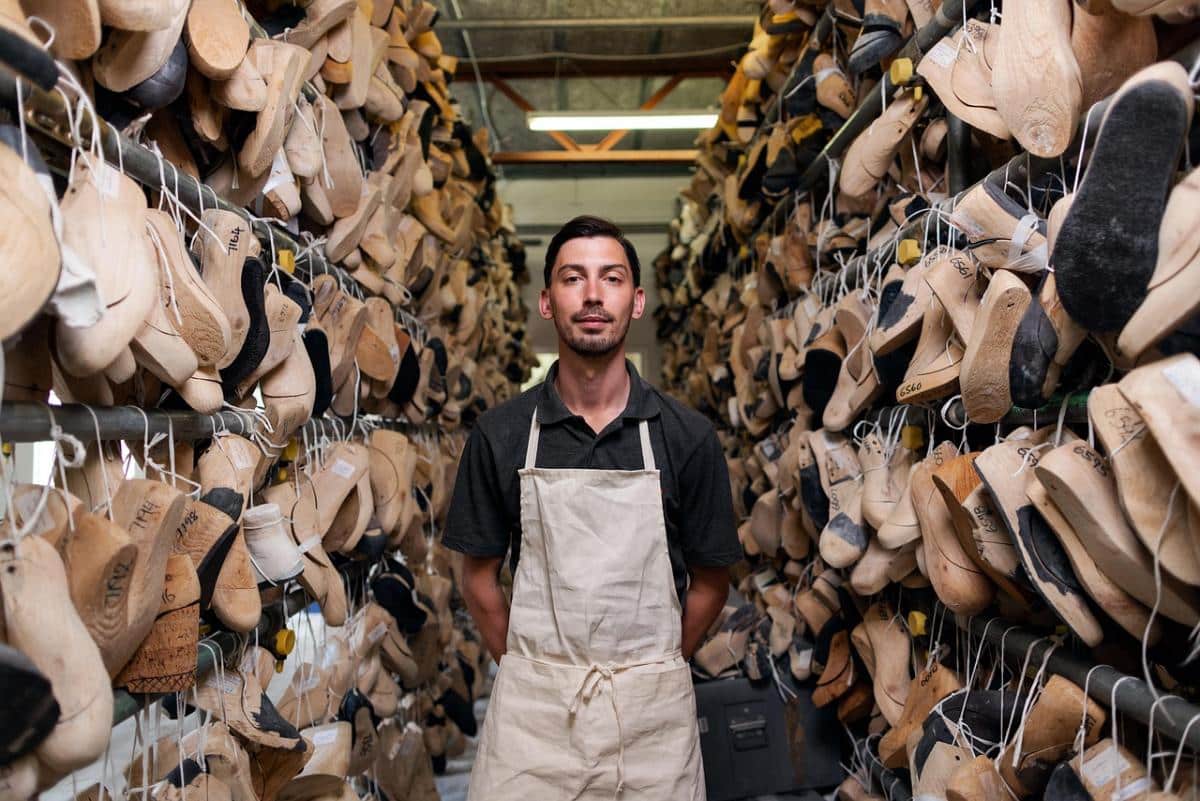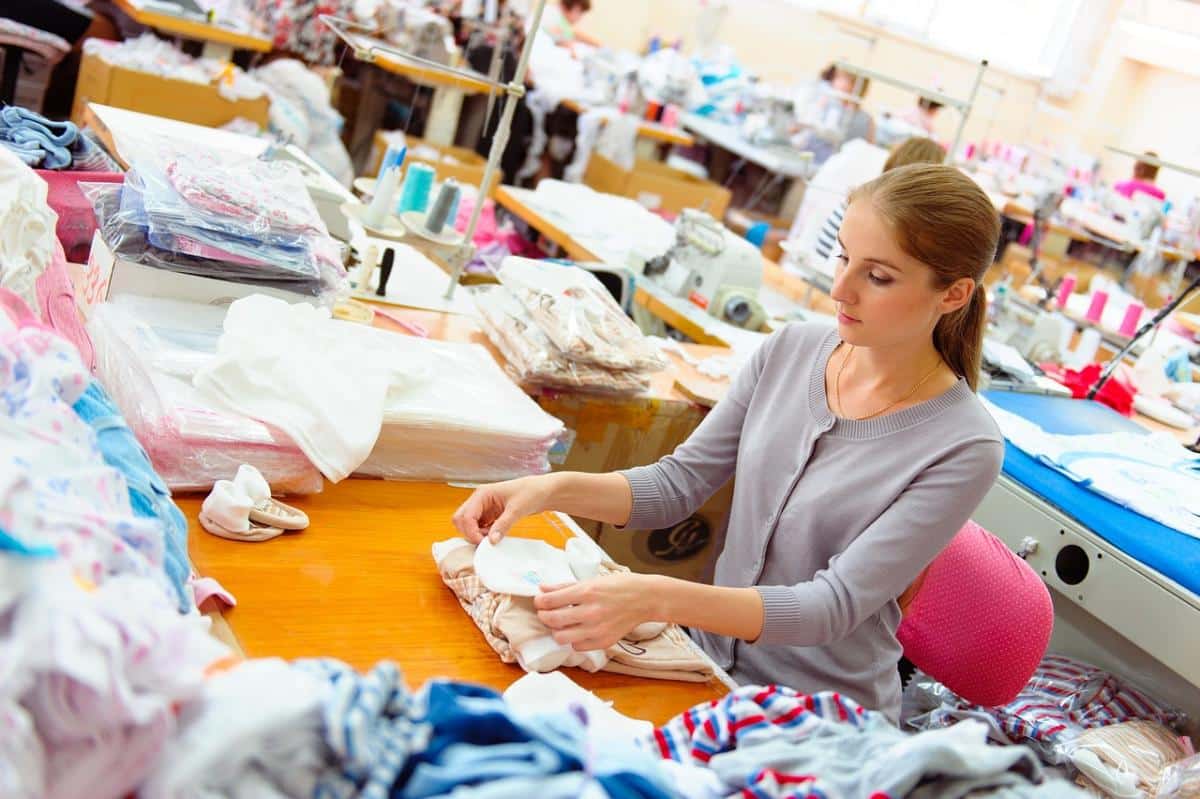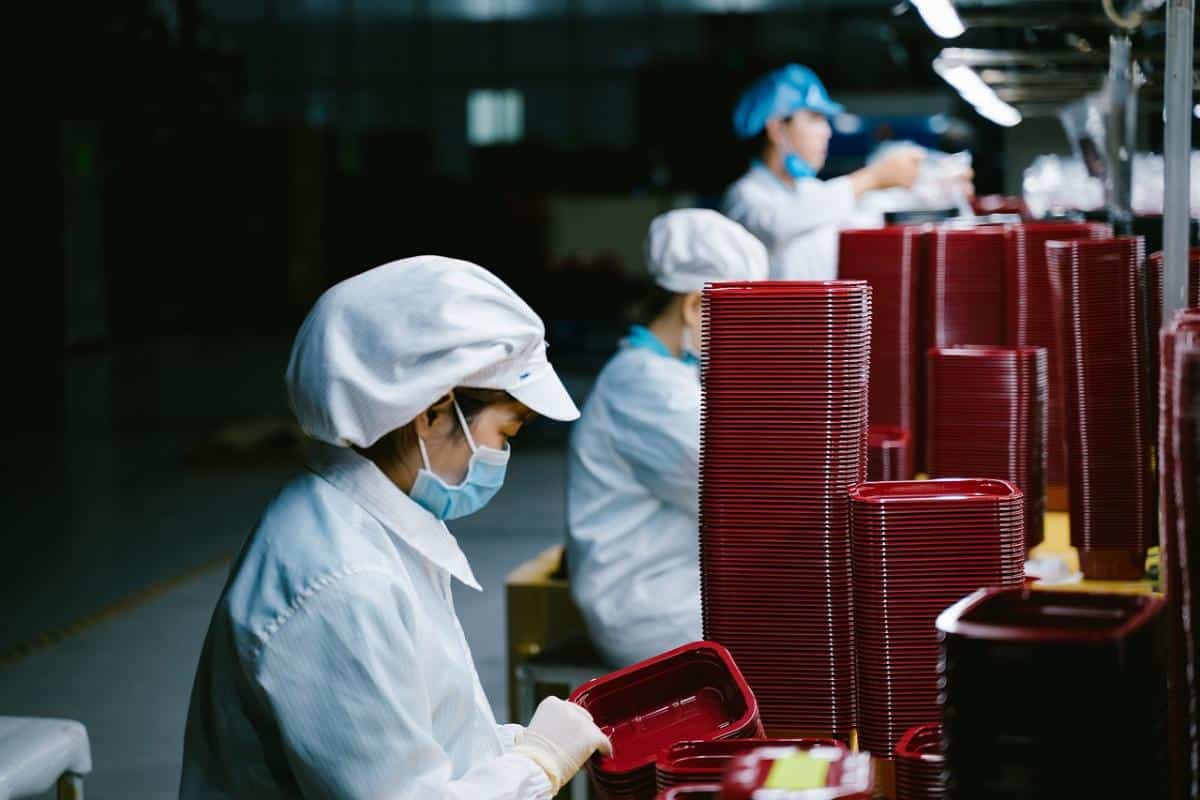
When you are going to create a company, the more information you have, the better. But we are not referring to the marketing strategy, the sales plan, the accounting... but to the production processes, that is, to What are those processes or phases that the products go through.
Whether you sell products or services, this information is quite valuable and it will help you realize the value of that product or service to know how to sell it better. How about we talk about it?
What are productive processes

Let's start with the first thing, and this is knowing what we are referring to by productive processes. It is actually a set of tasks, activities or phases through which raw materials go to transform into the product that is sold.
In the case of services it is something similar, because we also talk about those tasks that must be carried out to achieve a goal, which would be the service itself well done for the client.
In case it is not completely clear to you, let's give a very clear example. Imagine that you want to sell biscuits. But, to do this, they must first be made and they must go through a series of steps in which the eggs, milk, flour, yeast, lemon and sugar become that cake. Well, that is what we mean by productive processes.
Of course, each product can have different processes and stages, so we cannot talk to you directly about something fixed because it will always depend.
What objectives do the production processes have?

Now that the definition of production processes is clearer, are you wondering what their purpose is? Well, one of the most general is to maximize the productivity and quality of the product or service. And all this trying to control expenses and optimize resources.
That is, what the productive process tries to do is Use what you need to make the products, trying not to waste anything at all. In the example of the cake that we have given you, we could say that a productive process would be to use the exact measurements of each ingredient. But a bad process would be to buy too many raw materials in such a way that there are leftovers and they can expire or go into poor condition and in the end you lose money.
Stages of the production process

Although we have told you before that each product can have a different production process, and therefore different stages, this time we are going to talk to you about the stages in general. Not all products have to comply with all of them, and others may add more, but the most common are the following:
Design and research
Any product first goes through a research and design phase. Regarding research, it will be necessary carry out a market study or a BCG matrix to know if the product is really something that will solve a need of people. Otherwise, it may not be the most suitable at that time.
On the other hand, Design refers to the shape of the product. For example, continuing with what we discussed before the cake.
It may be that in your research you realize that people demand a cake that can be eaten by both an adult and a human. And then you design a cake that is divided in two and has half the shape of a dog, ideal for them, and half for a human. In addition, it will come divided and separated so that it is not put together, but that people buy it together to enjoy with their pet.
Purchase of raw materials
The next phase of the production processes is the purchase of raw materials. Since we already know what we are going to do and how we are going to do it, it is time to move on to the production of that product. And, for this, we need raw materials.
Yes, not only those that make up the product, but also those that wrap it and leave it ready to sell.
In the case of the cake, it is not only the ingredients of the cake but the mold where it will be sold, the plastic that will protect it, etc.
Digital
Related to the previous stage, the third of the productive processes is the transformation or manufacturing, moment when raw materials are combined to create the product.
QA
Once it is manufactured, the next stage is to check the quality of the product. This is important because we must offer customers high quality and to do this you have to know that the product works.
With the cake? That it is good for both humans and pets and that both contain appropriate ingredients consistent with each one.
Packaging and shipping
The last stage would be packaging once we know the quality of the product and shipping to the stores or to the customer.
Why you should know about the production processes of products
Knowing how the products you sell are built is neither stupid nor a waste of time. And it is that That knowledge can help you differentiate yourself from the competition..
For example, in the case of this cake for humans and pets. It is normal for people to be reluctant to buy and eat something that is supposed to be for their pet, because they consider it not suitable for human consumption.
However, if you yourself are able to explain the process that has been carried out as a story, you will be giving them information that will help them in making decisions.
Another example, Coca-Cola. This brand has some productive processes when making its drink. Have you ever stopped to think about it or investigate? It's actually not something that is so hidden; It is known that they carry out water treatment with inspection included, that they add the syrup concentrating in certain combinations and that they then move on to filling the bottles and packaging.
And knowing that process can Help the customer be calmer about what they buy because they know how it is made.
Have the production processes been clear to you? Do you see how valuable they can be for your company and to differentiate yourself from others?